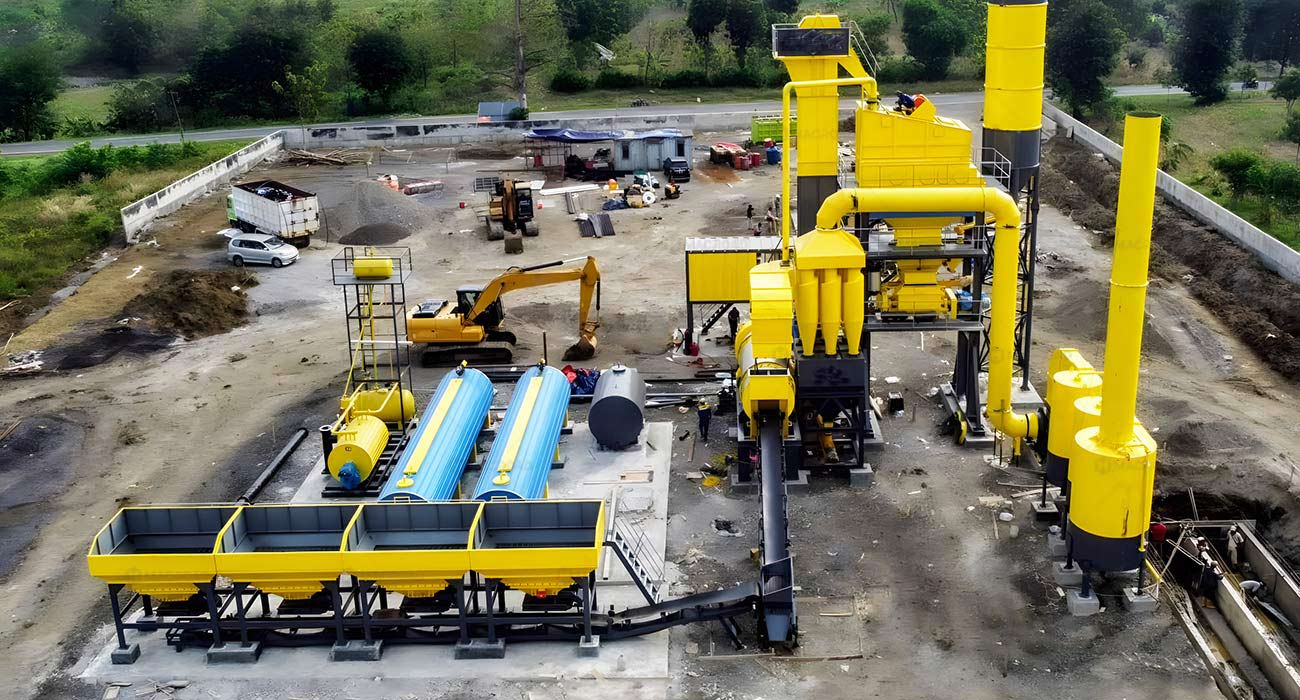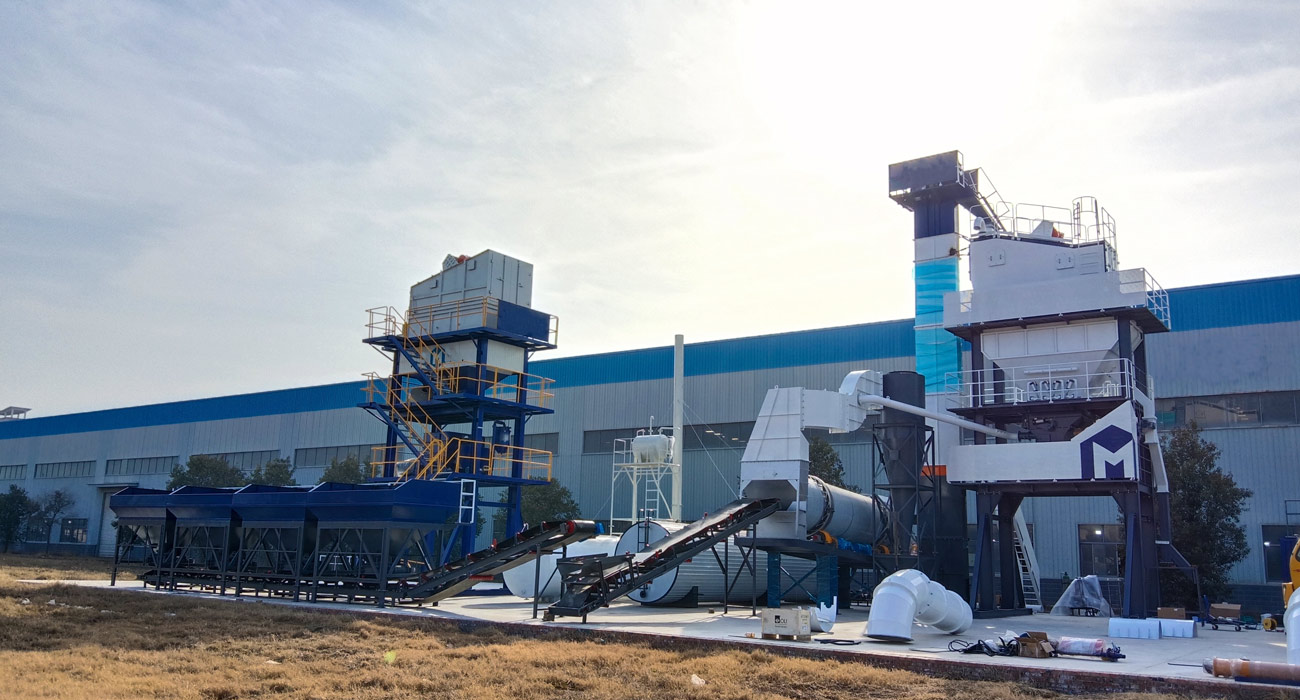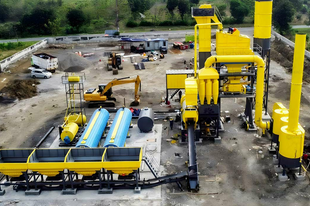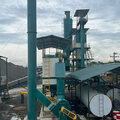The asphalt plant price often reflects significant differences in equipment performance, particularly concerning energy efficiency and maintenance accessibility. While various plants may offer similar production capacities, the underlying design and durability of core components can lead to notable price discrepancies. This article examines how these price gaps influence users' decision-making processes, especially regarding the trade-off between immediate expenditure and long-term operational savings.

Energy Efficiency and Its Impact on Pricing
Energy efficiency is a critical factor that influences the overall cost of asphalt plants. Equipment designed with advanced technologies, such as improved burners and heat recovery systems, often comes with a higher price tag. However, these features can lead to substantial savings in fuel consumption over time, making them a worthwhile investment.
When evaluating asphalt plant price, users must consider the potential energy savings generated by more efficient equipment. While the initial investment may be higher, the reduction in operational costs can significantly offset this expenditure in the long run. For instance, a plant that uses less energy per ton of asphalt produced can result in lower monthly utility bills, ultimately enhancing profitability.
Moreover, energy-efficient plants may also qualify for incentives or rebates from government programs aimed at promoting sustainable practices. These financial benefits can further reduce the effective cost of high-efficiency equipment, making the higher upfront price more attractive to potential buyers.

Maintenance Accessibility as a Cost Factor
Another crucial aspect influencing asphalt plant price is maintenance accessibility. Equipment that is easier to maintain tends to have lower long-term operational costs, as it reduces downtime and the frequency of service calls. Features such as modular designs, accessible components, and user-friendly interfaces enhance the maintenance experience, making it simpler for operators to perform routine checks and repairs.
When comparing asphalt plants, users should assess how maintenance accessibility affects their overall operational efficiency. A higher price for equipment that allows for easier maintenance can be justified by the reduced labor costs and increased uptime. Conversely, a lower-priced plant that is difficult to maintain could lead to higher costs in the long run due to frequent breakdowns and repairs.
This trade-off becomes particularly important for businesses operating in competitive markets, where minimizing downtime is crucial for maintaining productivity and profitability. By investing in equipment that offers better maintenance accessibility, users can ensure smoother operations and reduce unexpected expenses.

Balancing Immediate Expenditure and Long-Term Savings
The gap in asphalt plant price due to differences in energy efficiency and maintenance accessibility forces users to carefully consider their financial strategy. On one hand, the allure of a lower initial investment can be tempting, particularly for businesses with tight budgets. However, this approach may lead to higher operational costs and increased risks over time.
On the other hand, investing in higher-priced, more efficient equipment can provide long-term savings that outweigh the initial expenditure. Users must evaluate their specific needs, operational capacity, and financial situation to determine the best approach. This analysis often involves calculating the total cost of ownership, which includes factors such as energy consumption, maintenance costs, and potential downtime.
Ultimately, the decision-making process centers around the balance between immediate costs and future savings. Businesses that prioritize long-term sustainability and efficiency often find that the higher upfront costs associated with more advanced asphalt plants are justified by substantial operational savings over time.
In conclusion, the asphalt plant price is not merely a reflection of production capacity; it also encompasses important factors like energy efficiency and maintenance accessibility. Users must navigate the trade-offs between immediate expenditures and long-term operational savings to make informed decisions. By carefully considering these elements, businesses can enhance their productivity and profitability in the competitive asphalt industry.


